Description
HT17/194/8 is ideal for use along highways or areas where badger movements need to be restricted; the closely spaced vertical stay wires help prevent badgers from pushing through the fence. It can also be used as embankment netting.
Featuring the traditional, cost-effective hinge joint, which enables the netting to be turned out or cranked for use in special applications such as with badger fence. The bottom 600mm can be buried and turned out to prevent badgers digging below the fence. Two strands of barbed wire or a single electrified wire can also be added to the top of the fence. Tornado HT Badger Fence is manufactured with high tensile wire which strains tighter than mild steel and so requires fewer intermediate posts, making it quicker to erect. The spring like properties of a high tensile wire help the netting stay tight, keeping maintenance to a minimum.
Tornado Badger fencing meets Highways Agency specifications H46 and H47.
Specifications:
- Number of line wires 17
- Overall height 194cm
- Distance between stay wires 8cm
- Top & bottom line wire specification
- 2.5mm diameter – 1235 – 1390 N/mm2
- Intermediate line wire specification 2.5mm diameter – 1235 – 1390 N/mm2
- Vertical stay wire specification 2.5mm diameter – 695 – 850 N/mm2
- Approx. weight per 50m roll 106kg
- Material composition heavily galvanised steel wire
British & European Standards
- BSEN 10218
- BSEN 10223
- BSEN 10244
Ground Contact
Zinc and zinc aluminium coated agricultural fence service life can be affected significantly when exposed to extremely acidic or saline environments and this factor should be considered when designing your fence installation. For typical service life to be achieved it is recommended that the product must be installed in an atmosphere with corrosively class C1, C2 or C3 (very low/low/medium) in accordance with ISO 9223 and must not come into contact with substances that will accelerate corrosion, including but not limited to fertilisers, pesticides, herbicides, salt water and soils of pH lower than 5.5. Particularly at sites with peaty and wet ground conditions it is recommended that you have the soil pH tested prior to designing your installation.

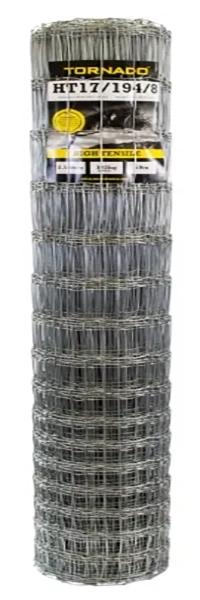
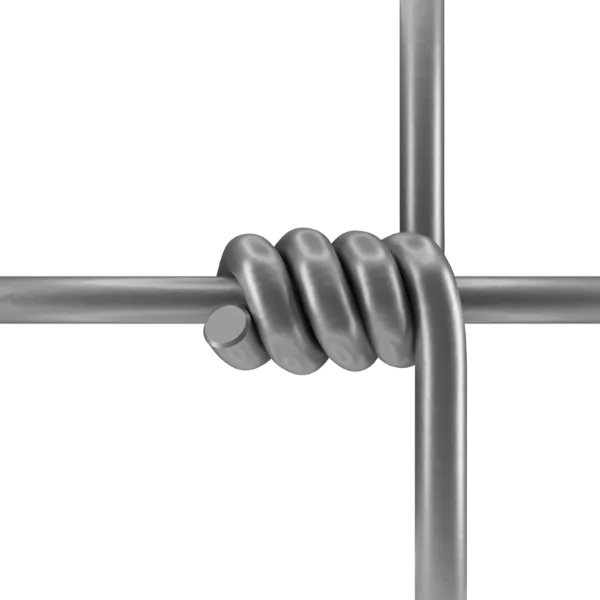
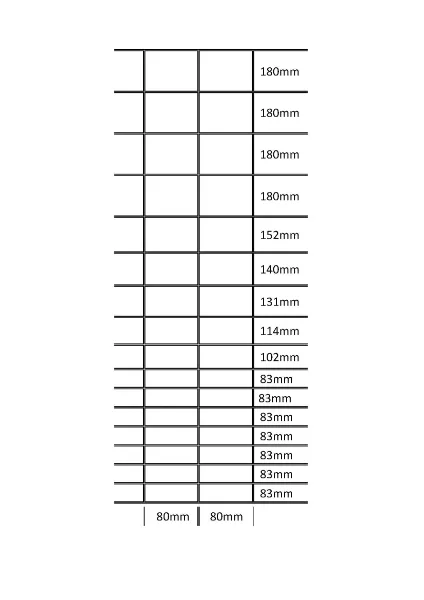
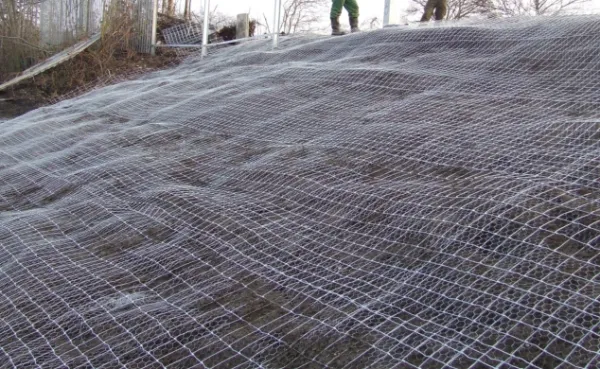
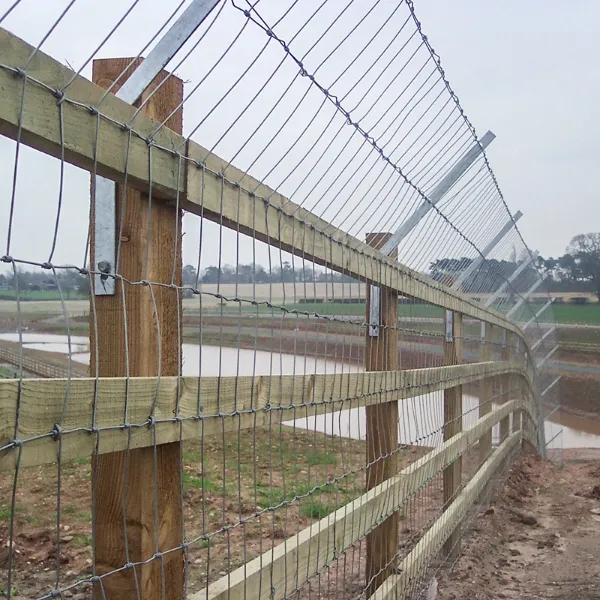
Reviews
There are no reviews yet.